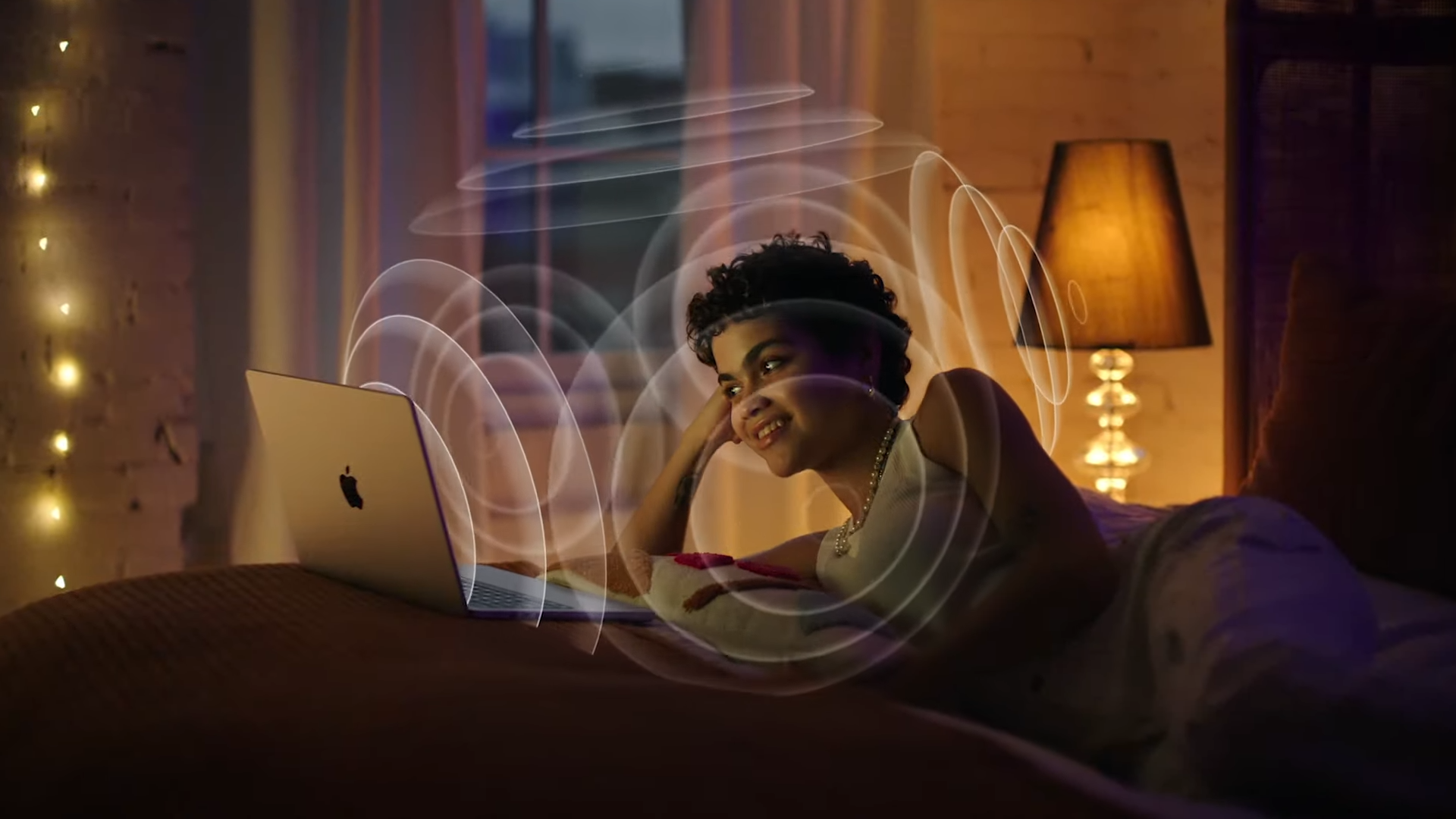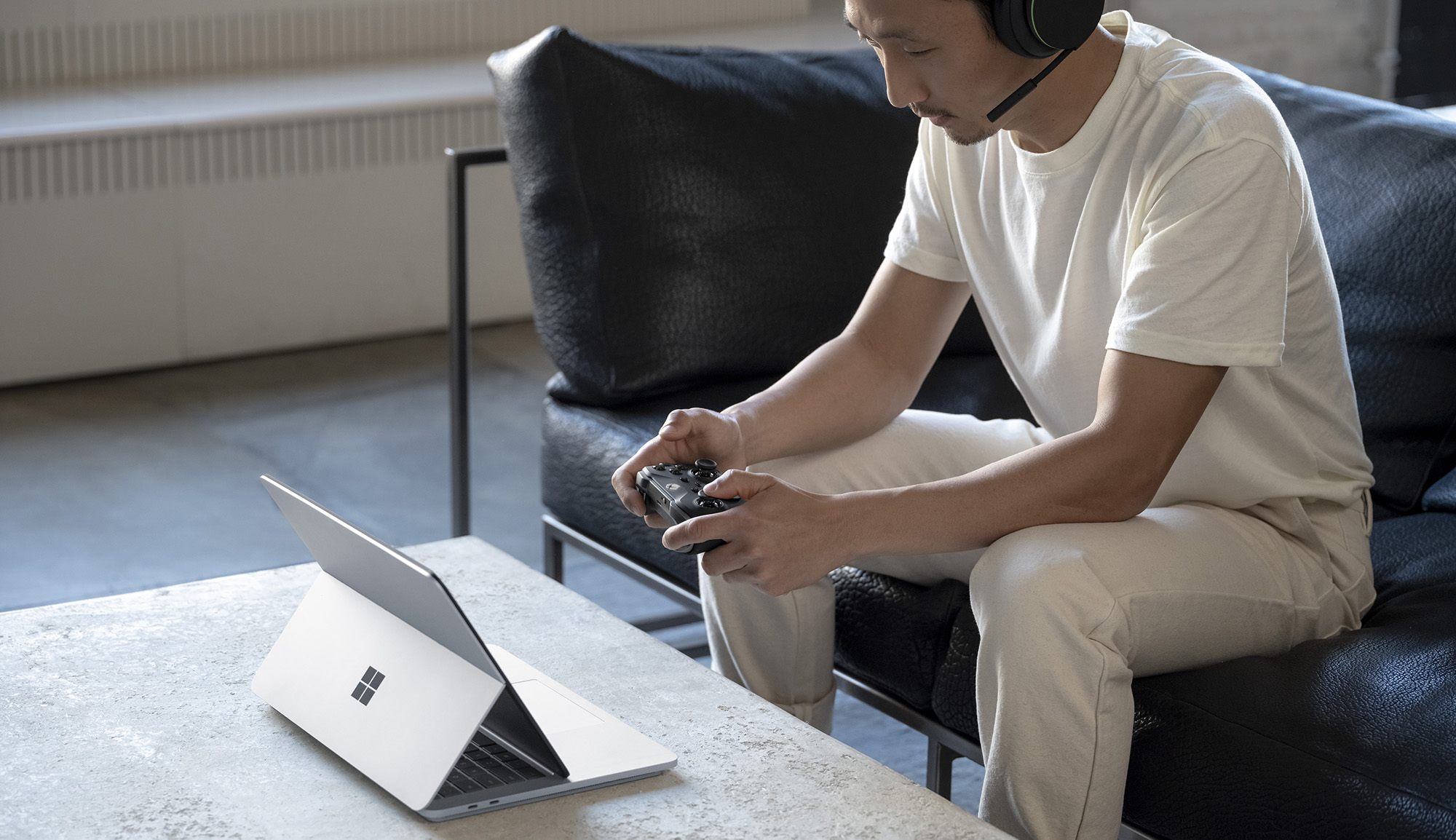Dolby Vision and Dolby Atmos: Everything you need to know
Here’s what you need to know about Dolby Vision and Dolby Atmos

The name Dolby is synonymous with surround sound setups at this point, as the company has been in that game for decades. What you may not know is that it has made significant advances in the visual field as much as the audio aspect of entertainment setups with the creation of Dolby Vision and Dolby Atmos.
You’ve no doubt seen laptops, tablets, headphones, TVs, phones and other devices tout support for these technologies, but what are they, why do they matter, and how can you get ‘em? Glad you asked.
- OLED vs mini-LED vs QLED: Everything you need to know
- Check out the best gaming laptops and best gaming monitors
- Best smart TV deals in 2022: Save big on 4K and 8K resolution
Dolby Atmos: Next Gen Surround Sound
The typical surround sound setup uses a 5.1 or 7.1 configuration, which, as the names imply, involve five or seven speakers positioned around the listener along with a single subwoofer and supporting technology splits the audio channels appropriately to create the desired surround sound effect. An Atmos-ready setup involves four additional ceiling mounted speakers and more advanced supporting technology that makes use of a special way of encoding sound data into “sound objects.” This provides creators with more fine-tuned control over how their content sounds to the listener while also being highly adaptable to each specific setup.
That last bit is key because it’s what allows Dolby Atmos to translate to other configurations like soundbars, headphones and onboard speakers in smartphones, laptops and tablets. Production and audio mastering using Dolby Atmos allows non-surround setups to deliver surround-quality listening experiences. When listening to music, specific instruments will sound like they’re coming from specific locations around you. Likewise, you’ll be able to place the location of sounds in TV shows and movies more realistically. The benefits this technology has for VR also cannot be understated, as positional audio is crucial to the immersion of that format.
What makes this technology work well is its ability to detect what type of audio setup the listener is using and calibrate the audio objects for the best sounding experience your hardware can provide. Whether it’s a full 7.1 surround sound home theater, a single TV soundbar or a pair of AirPods, the Dolby Atmos platform is designed to allow sound engineers to account for all the different ways people hear their work.
Dolby Atmos availability has been steadily increasing, now including all current iPhone and Samsung Galaxy smartphones and a growing number of laptops. This includes the Lenovo ThinkPad Xi Carbon Gen 9, Asus ROG Zephyrus M16, and the Microsoft Surface Laptop 4, to name just a few. But given the requirement to design the content using Dolby Atmos proprietary technology, simply owning Atmos-ready hardware won’t give you access to Atmos-quality sound. The content needs to be produced to utilize this tech, and while many major music artists, film and game studios use Atmos enhancements, not all do.
Dolby Vision: Intelligent HDR
Dolby Vision does for high dynamic range (HDR) what Dolby Atmos does for surround sound, which is to say it allows creators to account for different circumstances to improve the finished product. As one of several competing HDR standards currently available, Dolby Vision provides the usual expansion of color gamut, brighter whites and darker blacks that all HDR provides. What’s added is the use of dynamic metadata (information), which the software uses to change the image to provide the best color and brightness possible.
Sign up to receive The Snapshot, a free special dispatch from Laptop Mag, in your inbox.
This data can be part of the scene or frame data of the video being played, which content creators need to develop as part of the mastering process during production. This data is used by the Dolby Vision-equipped display to see if a scene or frame is, for example, a dimly lit indoor scene or a bright outdoor scene and change how the HDR colorspace is rendered on the fly to suit those circumstances.
Dolby Vision also uses a further enhancement that can be found in some high-end TVs called Dolby Vision IQ. This takes light sensor data from the display to further tweak brightness to account for the ambient conditions of the room.
Similar to the situation with Atmos, Dolby Vision isn’t something every HDR-capable display supports, nor is it always implemented on the displays that support it. Since Dolby Vision needs to be programmed and designed for by the content creator, the content needs to utilize Dolby Vision HDR, not just your display. And some manufacturers, namely Samsung, operate as direct competitors to this technology (HDR10+), meaning none of Samsung’s displays support Dolby Vision HDR.
If you’re keen on treating your eyeballs to some Dolby Vision, you have several options as many smartphone displays and cameras now operate using this technology. iPhones starting from the iPhone 8 support Dolby Vision, as do many big name TV brands and the Xbox Series X and Xbox Series S. TVs are also increasingly supporting Dolby Vision content while maintaining a full 120Hz refresh rate. Most major content platforms support the technology as well, like Netflix, Hulu and Disney+.



